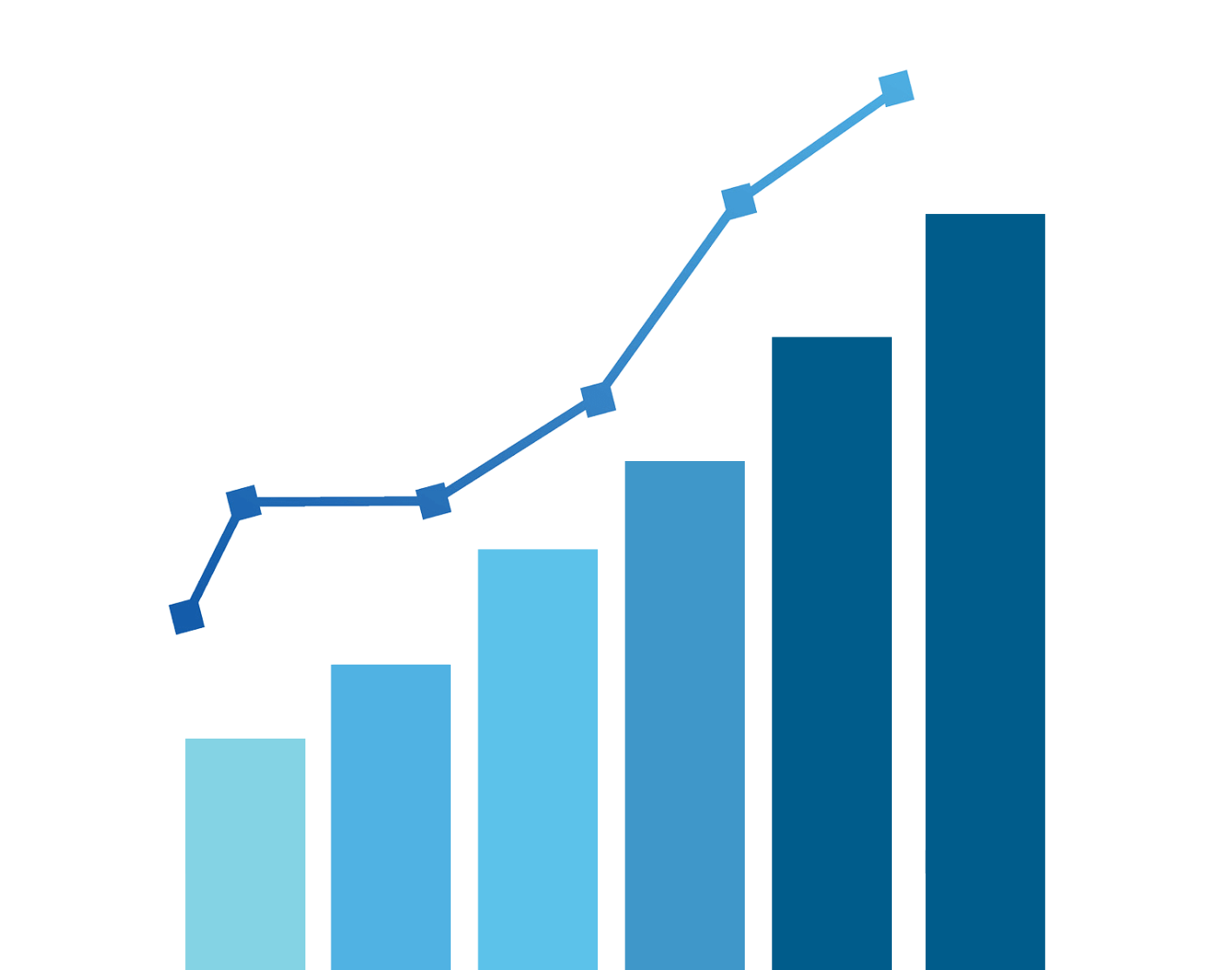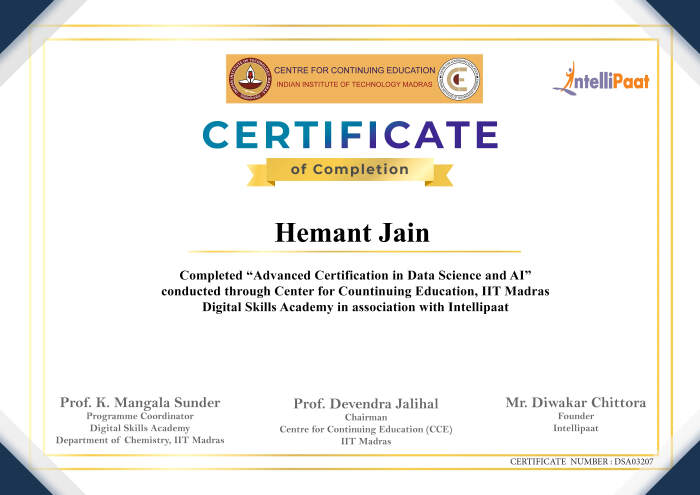Program Description
- The Programme aims to teach the fundamentals of deep learning and applications of deep learning models for AI tasks related to text processing and image and video processing.
- The Programme will help develop capabilities to build deep learning models for real-world problems.

Learning Format
Online
Duration
Duration 150 Hours covered across 10 months (Includes 10 Hours of Examination)
Program Fee
₹INR 2,00,000 + GST (inclusive of tax)
Downloads
Program Description
Program Brochure
Sample Certificate
Education Qualification
B.E., B.Tech., MCA, or MSc (CS or IT) Graduates as on the Programme Start date i.e., Technical Orientation Date
Suggested Prerequisites
Candidate should have a basic understanding of mathematic topics such as Linear Algebra, Calculus, Probability and Statistics; Familiar with programming in either C or Python
Lead Faculty
Programme Coordinator - Prof. C. Chandra Sekhar
Professor, Department of Computer Science & Engineering, IITM
Prof. Sekhar’s expertise and research interests include speech recognition,neural networks, kernel methods, machine learning, deep learning and metric learning. He is the author of many research papers that have been published in peer reviewed, national and international journals and conferences. In 2016, he was the recipient of the coveted Srimathi Marti Annapurna Gurunath Award for Excellence in Teaching from IITM.
Programme Faculty – Dr. Dileep A.D.
Associate Professor, School of computing and electrical engineering, IIT Mandi
Received his M. Tech and PhD in computer science and engineering from IIT Madras His research interest includes pattern recognition, Kernel methods of Pattern Analysis, Machine learning for speech technology, Computer vision, Cloud and telecom networks.In 2020 he was the recipient of Teaching Honour Roll Award for Excellence in Teaching during the academic year 2019-20 at IIT Mandi.



